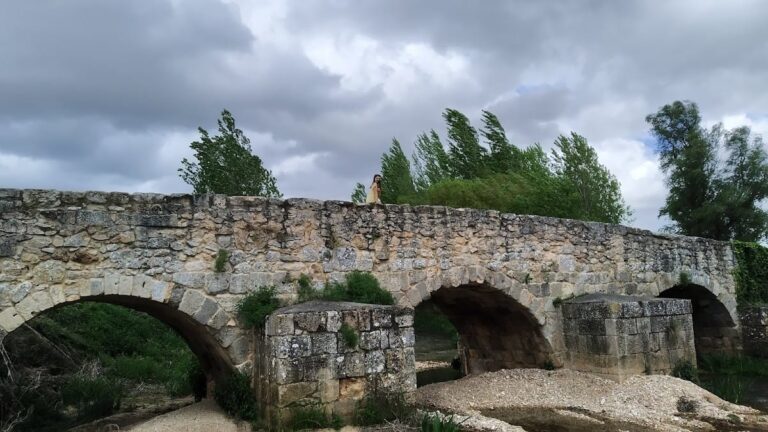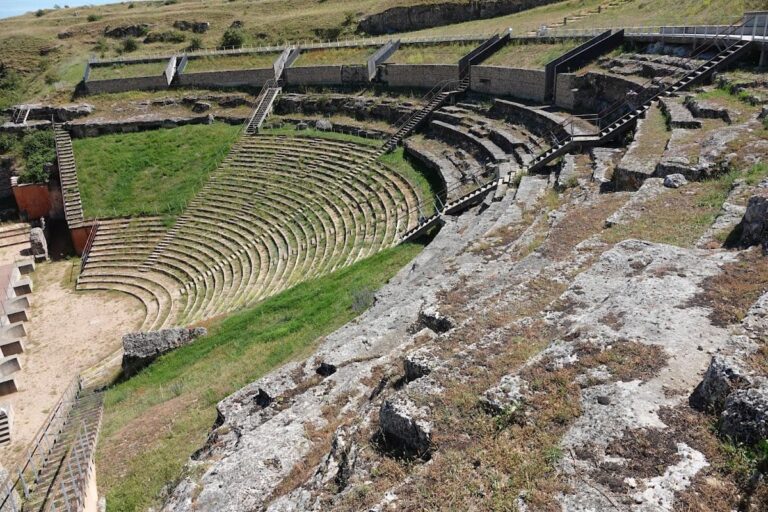Castle of Peñaranda de Duero: A Historic Fortress in Spain
Visitor Information
Google Rating: 4.4
Popularity: Medium
Google Maps: View on Google Maps
Official Website: www.penarandadeduero.es
Country: Spain
Civilization: Unclassified
Remains: Military
History
The Castle of Peñaranda de Duero stands near the town of Peñaranda de Duero in Spain and was originally constructed by Christian forces during the early stages of the Reconquista. Its establishment dates back to the 10th or 11th century, at a time when Christian kingdoms were working to reclaim territory from Muslim control on the Iberian Peninsula.
During its earliest phase, the castle functioned as a defensive stronghold on the frontier between the Kingdom of Castile and the Moorish state of Al Andalus. This location made it a key part of a fortified line intended to slow the Moorish advance into northern Spain. Its position near the town allowed for military control over the surrounding lands and helped secure the Christian kingdom’s border.
In the mid-15th century, the castle underwent significant transformation under the direction of the Counts of Miranda del Castañar. These renovations altered much of its original design and are recognized for contributing distinct architectural features associated with late medieval Spanish castles. This period marked the castle’s highest state of maintenance and strategic importance.
By the 1600s, the Castle of Peñaranda de Duero was no longer inhabited and gradually fell into disuse. Despite this abandonment, it remained a prominent landmark, reflecting its historical role in regional defense and settlement.
In the 20th century, the castle, together with the neighboring Avellaneda Palace and the town itself, was officially designated as a Historic-Artistic Monument in 1931. Subsequent protective measures under Spanish heritage legislation were enacted in 1949 and reinforced in 1985, ensuring its preservation as an important cultural property.
Remains
The castle is perched on a rocky hill called Peña de Aranda, with the western side set firmly against this natural outcrop and the eastern side facing a nearby river. This setting not only enhanced the fortress’s defense but also provided a vital water source during times of siege. The overall construction features an intriguing combination of buildings made from stones of varying colors, which clearly distinguish different phases or functions within the complex.
The most imposing part of the site is the central keep, sometimes referred to as the tower of homage. Erected at the end of the 15th century, it rises to four levels supported internally by wooden beams. The keep’s exterior walls are crafted from smooth ashlar stone, a technique involving finely cut and shaped blocks that create a regular and sturdy surface. Decorative stonework appears mainly around the crenellated (notched) battlements and the entrance areas, adding both defensive and aesthetic qualities.
The keep’s ground floor is windowless and dark, emphasizing its role as a secure refuge, while each of the upper floors contains one or two windows allowing light and observation points. Present access to the keep is by way of metal stairs that lead to a door located on the eastern wall of the first floor. Crowning the tower is a small crenellated parapet, a low protective wall with notches for defense.
Along the northwestern sector of the fortress rise cylindrical towers constructed of limestone. Like the keep, these towers feature crenellated battlements, reinforcing the castle’s military character. The surrounding walls, composed of solid ashlar stone, contribute to the fortress’s robust and enduring form.
The castle once marked the beginning of a broader defensive wall encircling the town. Today, only a section known as “Las Monjas,” a crenellated arch, survives as a fragment of this fortification. The careful proportions and solidity of the remaining structures have led scholars to regard the castle as one of the most well-preserved historical constructions in the Burgos region.










